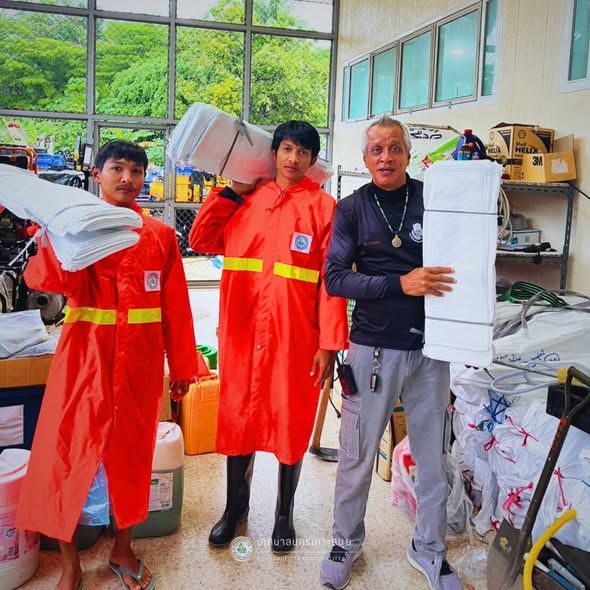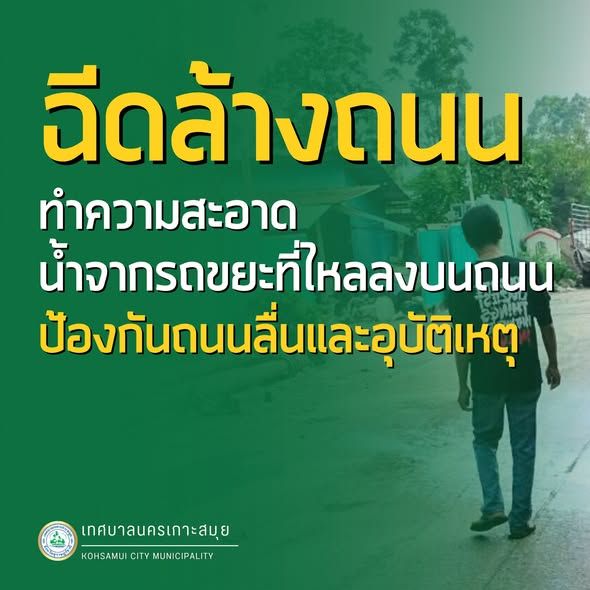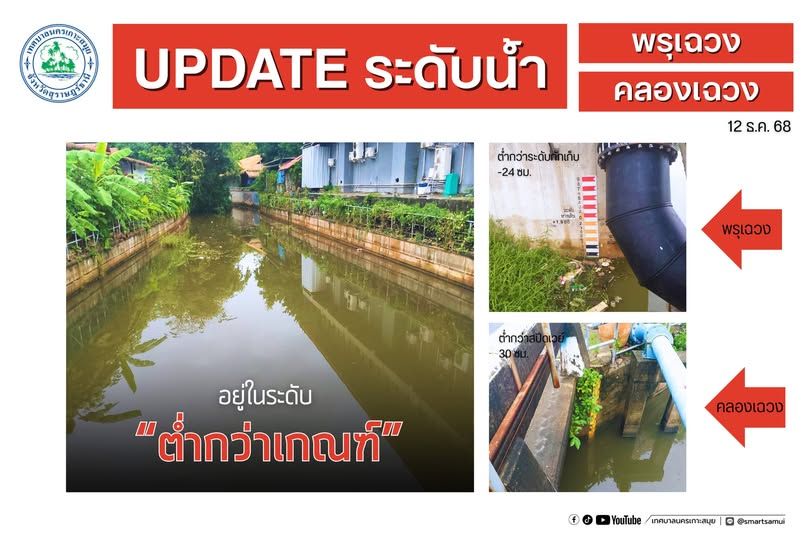🚨 A powerful earthquake in Myanmar has caused significant damage to the region’s hospital infrastructure, prompting immediate response from medical teams. Efforts are now underway to evaluate damages, upgrade structures, and provide support to those affected. #EarthquakeAftermath #Myanmar #HospitalInfrastructure #MedicalResponse #SupportAndRestoration #NaturalDisasterRelief
Immediate Response to Quake Aftermath
In the wake of a significant earthquake in Myanmar, regional health officials have been quick to respond. The event, which struck with a magnitude of 6.4 on the Richter scale, prompted immediate action. The Department of Health Service Support (DHSS) mobilized Medical Supportive Emergency Response Teams (MSERTs) to the affected zones. They were tasked with evaluating the condition of 14 hospital buildings rattled by the tremors.
Earthquake Details
The earthquake’s epicenter was pinpointed 76 kilometers southwest of Kengtung township in Shan State. Notably, this location is roughly 100 kilometers northwest of Mae Sai district in Chiang Rai. The tremors from the quake did not limit themselves to Myanmar but were felt across various Thai provinces. Areas in the North, Northeast, and even some parts of Bangkok reported experiencing the quake.
Health Facilities Under Scrutiny
With the structural integrity of medical facilities a top priority, MSERTs, comprising biomedical and civil engineers, were dispatched to assess potential damages. The hospitals under scrutiny were primarily in Chiang Rai, with 11 buildings, followed by two in Chiang Mai and one in Sakhon Nakorn. The teams’ main objectives were to identify any internal damage and remain vigilant for possible aftershocks.
Proactive Measures for Future Safety
In a forward-thinking move, Arkhom Praditsuwan from the DHSS emphasized the necessity for health institutions located on fault lines to upgrade their structural stability. The aim is to bolster resilience against future seismic events.
Casualties and Regional Damage
Despite the widespread impact of the quake, there was a silver lining with relatively minimal human impact, with a single injury reported in Chiang Rai. The damage, however, has been more significant to infrastructure. Chiang Rai alone had seven districts affected, with several hospitals, residential buildings, and an office necessitating repairs. Notably, the quake left its mark on cultural heritage as well, with Nan’s iconic Wat Phumin sustaining damage to its chapel ceiling and a Buddha statue.
Continuing Support and Assistance
As the initial assessment continues, the Department of Disaster Prevention and Mitigation (DDPM) has been actively supporting affected individuals. Alongside aid efforts, comprehensive damage evaluations are also underway. The full financial implications of the repairs remain uncertain, but the commitment to restoration is clear.
In the face of natural disasters, the resilience and rapid response of health and safety officials are critical to minimizing impact and safeguarding the community. The teams on the ground in Myanmar and Thailand embody this readiness and dedication to ensuring public health and safety in the aftermath of such events.
Frequently Asked Questions
What immediate actions have been taken in response to the earthquake in Myanmar?
In response to the earthquake in Myanmar, regional health officials have acted swiftly. The Department of Health Service Support (DHSS) dispatched Medical Supportive Emergency Response Teams (MSERTs) to assess the state of 14 hospital buildings affected by the tremors. These teams, which include biomedical and civil engineers, are focused on evaluating the extent of the damage and preparing for potential aftershocks.
How did the earthquake impact the surrounding regions, and what are the consequences for health facilities?
The earthquake, with an epicenter 76 kilometers southwest of Kengtung in Shan State, was also felt across various Thai provinces, including the North, Northeast, and parts of Bangkok. Health facilities are currently under intense scrutiny, with a focus on 11 buildings in Chiang Rai, two in Chiang Mai, and one in Sakhon Nakorn. The main concern is to assess the structural integrity of these medical facilities and ensure they are safe and functional for future use.
What measures are being taken to support the affected areas and prevent future damage?
The Department of Disaster Prevention and Mitigation (DDPM) is actively supporting individuals affected by the earthquake, providing aid and conducting comprehensive damage evaluations. To prevent future damage and enhance safety, Arkhom Praditsuwan from the DHSS has highlighted the need for health institutions on fault lines to upgrade their structural stability. This is a proactive approach to increase resilience against potential seismic events in the future. Additionally, efforts to repair the infrastructure, including hospitals, residential buildings, and cultural heritage sites like Nan’s Wat Phumin, are ongoing.




